Cardboard construction cores, also known as cardboard tubes, are cylindrical cardboard tubes used in construction to form columns, piers, and footings. These tubes are placed in the desired location, and then the concrete is poured around them. Once the concrete has set, the cardboard tube is removed, leaving behind a perfectly formed column or pier. This process eliminates the need for traditional wooden forms, which can be wasteful and expensive. Read More…
Valk Industries, Inc. open_in_new
Location: Greeneville, TN
Valk Industries provides engineering and manufacturing services for cardboard tubes as well as custom thermoformed items like clamshells, blister packs, trays and filler material.
Western Container Corp. open_in_new
Location: Beloit, WI
Western Container partners with the world`s top spiral tube equipment designers & paperboard manufacturers, to bring our customers the very best paper tubing and precision cores.
Chicago Mailing Tube open_in_new
Location: Chicago, IL
Chicago Mailing Tube is a premier manufacturer of custom paper tubes, containers, and cores, providing products that are both high quality and economical.
Paper Tubes & Sales open_in_new
Location: Dallas, TX
Here at Paper Tubes and Sales we are a proven manufacturer of high quality cardboard tubes. These products are ideal for a multitude of industries and our teams are available to assist you with determining the best paper tube for your application.
Marshall Paper Tube Company, Inc. open_in_new
Location: Avon, MA
Marshall Paper Tube Company designs and manufactures custom labeled cans, tubes, and mailings. We can create amazing custom designs in full color for your product or brand. We also provide specialty items like coin collection banks and fundraising cans. All of our products are made in the United States of America and out of 100% recycled paperboard in an effort to stay “green.”
More Construction Core Manufacturers
Creating Cardboard Construction Cores
Cardboard construction cores are made by winding multiple layers of cardboard around a mandrel, which is a cylindrical form that determines the diameter of the core. The cardboard is typically coated with a release agent to prevent the concrete from sticking to the core. Once the desired diameter and length are achieved, the ends are sealed with a cardboard disk and adhesive. The resulting cardboard tube is then ready for use in concrete forming.
Variations from the Standard Construction Process
There are a few variations in the process of creating cardboard construction cores that are worth noting. Here are some of them, along with their specific applications:
Spiral-Wound Construction Cores
These cardboard construction cores are made by wrapping several layers of cardboard around a mandrel in a spiral pattern. This type of construction core is commonly used for forming round columns and pillars.
Parallel-Wound Construction Cores
Similar to spiral-wound construction cores, parallel-wound construction cores are made by wrapping multiple layers of cardboard around a mandrel. However, instead of wrapping the cardboard in a spiral pattern, it is wound parallel to the axis of the core. This type of construction core is often used in the manufacture of tubes and pipes.
Composite Construction Cores
Composite construction cores are made by combining different materials, such as cardboard and plastic, to create a stronger and more durable construction core. This type of construction core is often used in applications where high strength and durability are required, such as in the construction of bridges and other large structures.
Moisture-Resistant Construction Cores
Moisture-resistant construction cores are coated with a special moisture-resistant material that helps protect the core from water damage. This type of construction core is often used in applications where the core will be exposed to moisture or dampness, such as in the construction of foundations, basements, and retaining walls.
Fire-Resistant Construction Cores
Fire-resistant construction cores are made from materials that are designed to withstand high temperatures and resist burning. This type of construction core is often used in applications where fire safety is a concern, such as in the construction of buildings, tunnels, and other structures.
Each of these variations in the process of creating cardboard construction cores offers unique benefits and applications and this variety of construction core options allows for greater flexibility and adaptability in construction projects. The specific type of construction core used will depend on the needs of the project, such as the size and shape of the column or footing, as well as the environmental conditions in which the core will be used. By offering a range of options, cardboard construction cores continue to be a valuable and sustainable choice for a variety of construction projects.
Types of Cardboard Used in Construction Cores
In addition to variations in their construction process, several types of cardboard may be used in the creation of construction cores. Some are made from 100% recycled material, while others are made from a combination of recycled and virgin fibers. The type of cardboard used can affect the strength and durability of the construction core. For example, heavy-duty construction cores made from high-strength cardboard are used for large-scale construction projects.
Considerations Regarding Cardboard Construction Cores
There are some considerations when using cardboard construction cores. They are not as strong as traditional wooden forms and may require additional bracing or reinforcement to support the weight of the concrete. Additionally, many cardboard construction cores are not suitable for use in wet or humid environments, as they can absorb moisture and weaken over time. Finally, they are not suitable for reuse to create concrete forms, as the cardboard can become damaged during the removal process.
Benefits of Cardboard Construction Cores
One of the main benefits of cardboard construction cores is their sustainability. They are made from renewable resources and can be recycled after use. This makes them an environmentally friendly alternative to traditional wooden forms, which are often discarded after use. Additionally, cardboard construction cores are lightweight and easy to handle, which can reduce labor costs and improve worker safety.
Applications of Cardboard Construction Cores
Due to these benefits, cardboards constructions cores serve various applications, including:
Construction Industry
Cardboard construction cores are commonly used in the construction industry for forming columns, piers, and footings. They are lightweight, easy to handle, and can be used for both residential and commercial projects. Additionally, they are used as void forms in concrete slabs, bridges, and highway construction.
Manufacturing
Cardboard construction cores are also used in the manufacturing of pipes, ducts, and other cylindrical structures. The cores provide stability during the manufacturing process and can be easily removed once the final product is complete.
Arts and Crafts
Cardboard construction cores are used in the arts and crafts industry as a base for creating sculptures and other artwork. They are often used in combination with other materials, such as paper mache, to create unique and intricate designs. Cardboard construction cores are also used in the production of stage props and set pieces for theatrical productions.
Gardening
Cardboard construction cores are used in gardening as a biodegradable and eco-friendly alternative to plastic plant pots. They can be used to start seedlings or as temporary containers for young plants before transplanting into the ground. Once the plant has grown, the cardboard construction core can be planted directly into the soil, where it will decompose over time.
Choosing the Right Construction Core Manufacturer
To ensure you have the most beneficial outcome when purchasing construction cores from a construction core manufacturer, it is important to compare several companies using our directory of construction core manufacturers. Each construction core manufacturer has a business profile page highlighting their areas of experience and capabilities, along with a contact form to directly communicate with the manufacturer for more information or to request a quote. Review each construction core business website using our patented website previewer to quickly learn what each company specializes in. Then, use our simple RFQ form to contact multiple construction core companies with the same form.
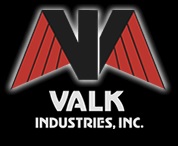
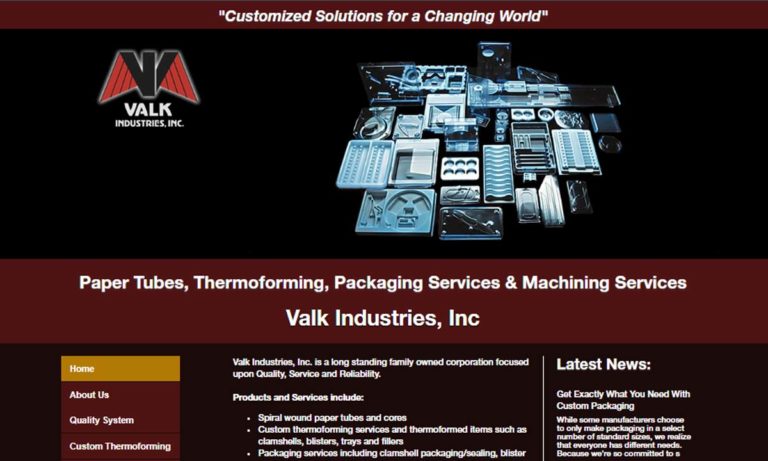

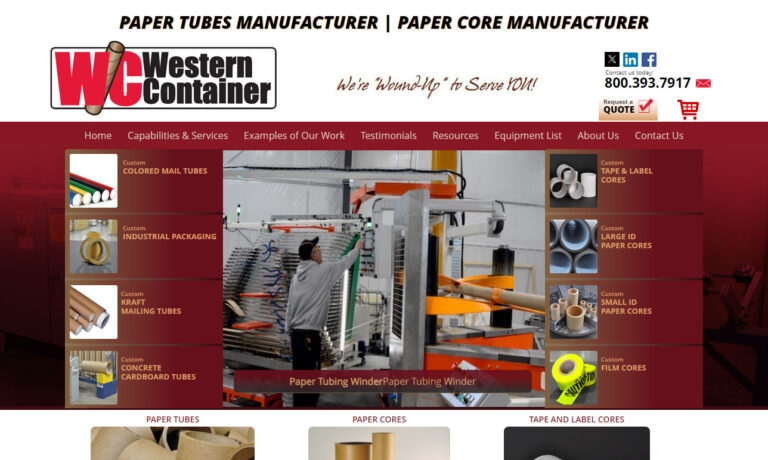

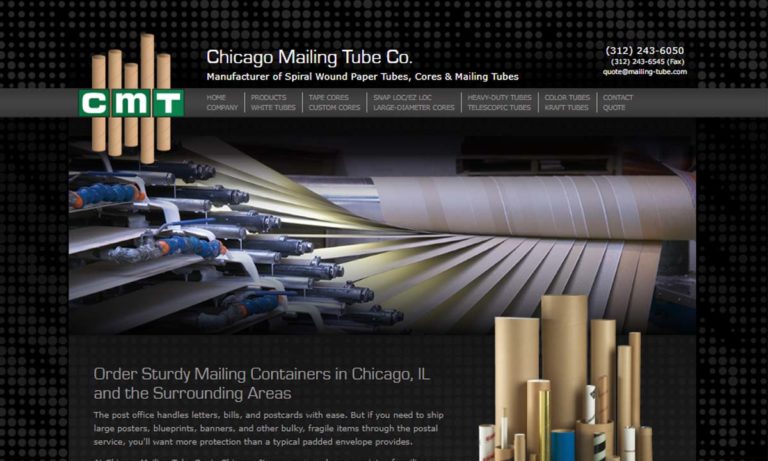

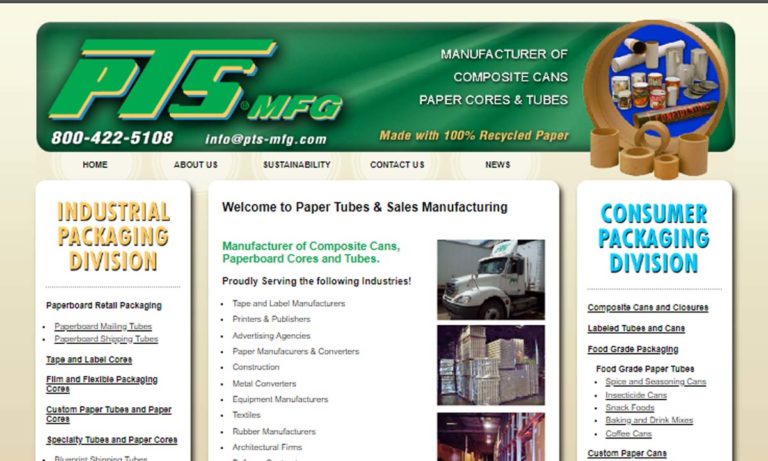

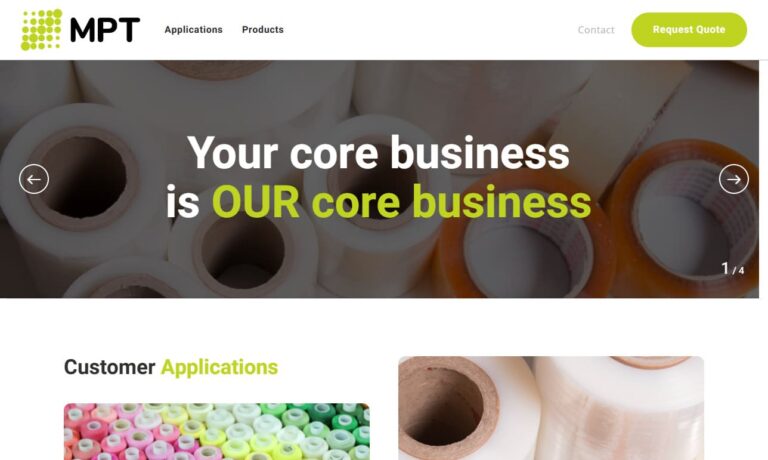
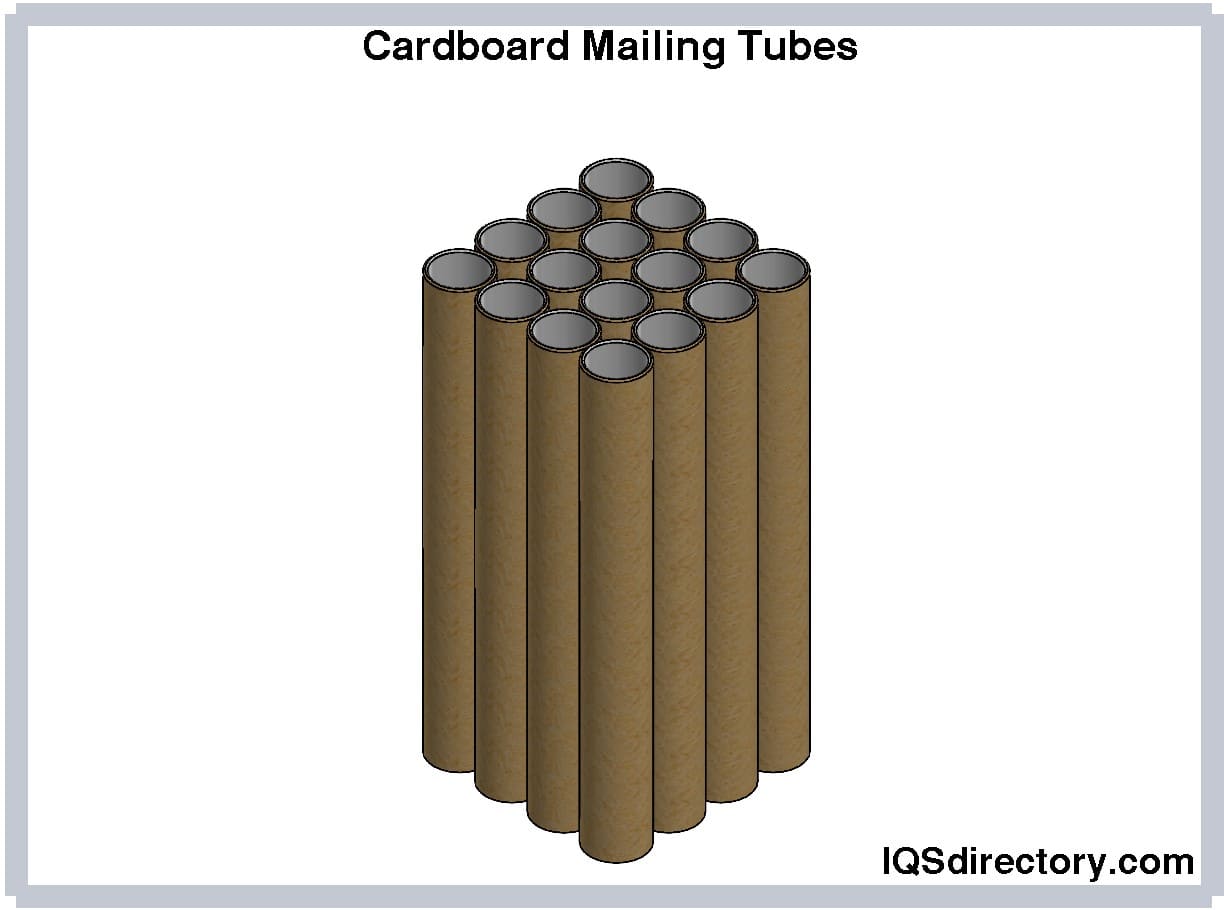
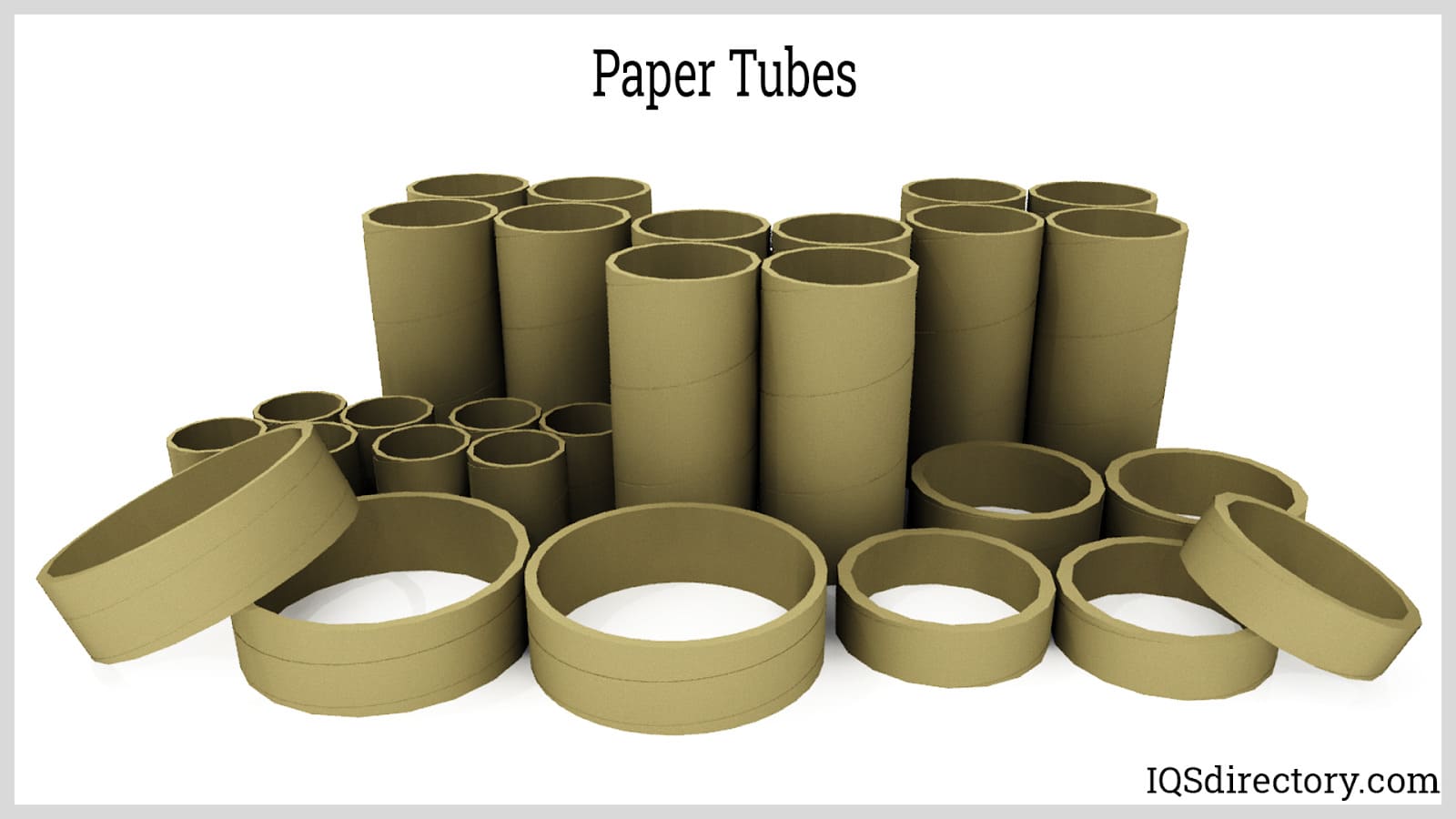
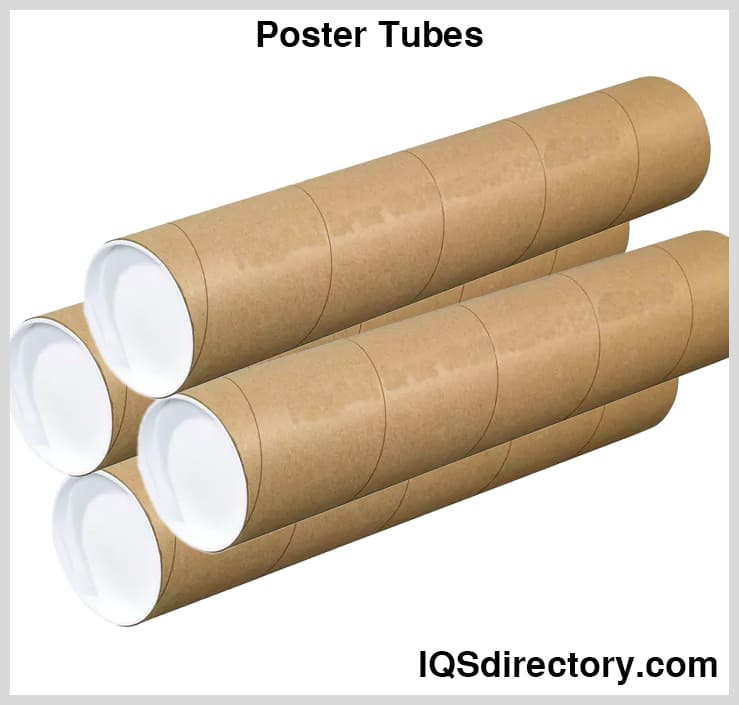
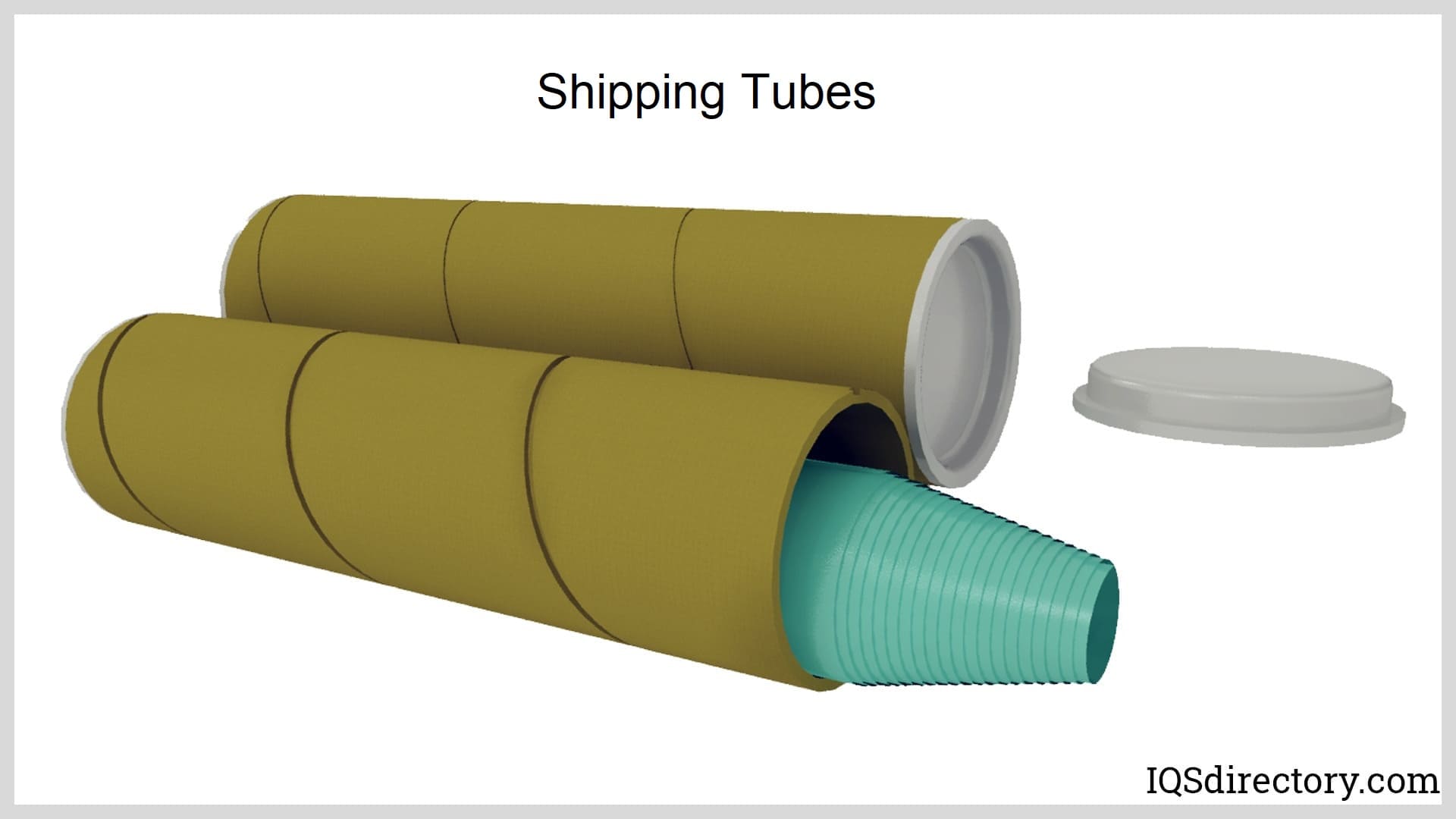
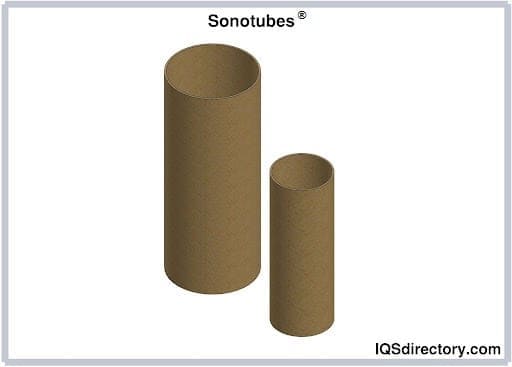
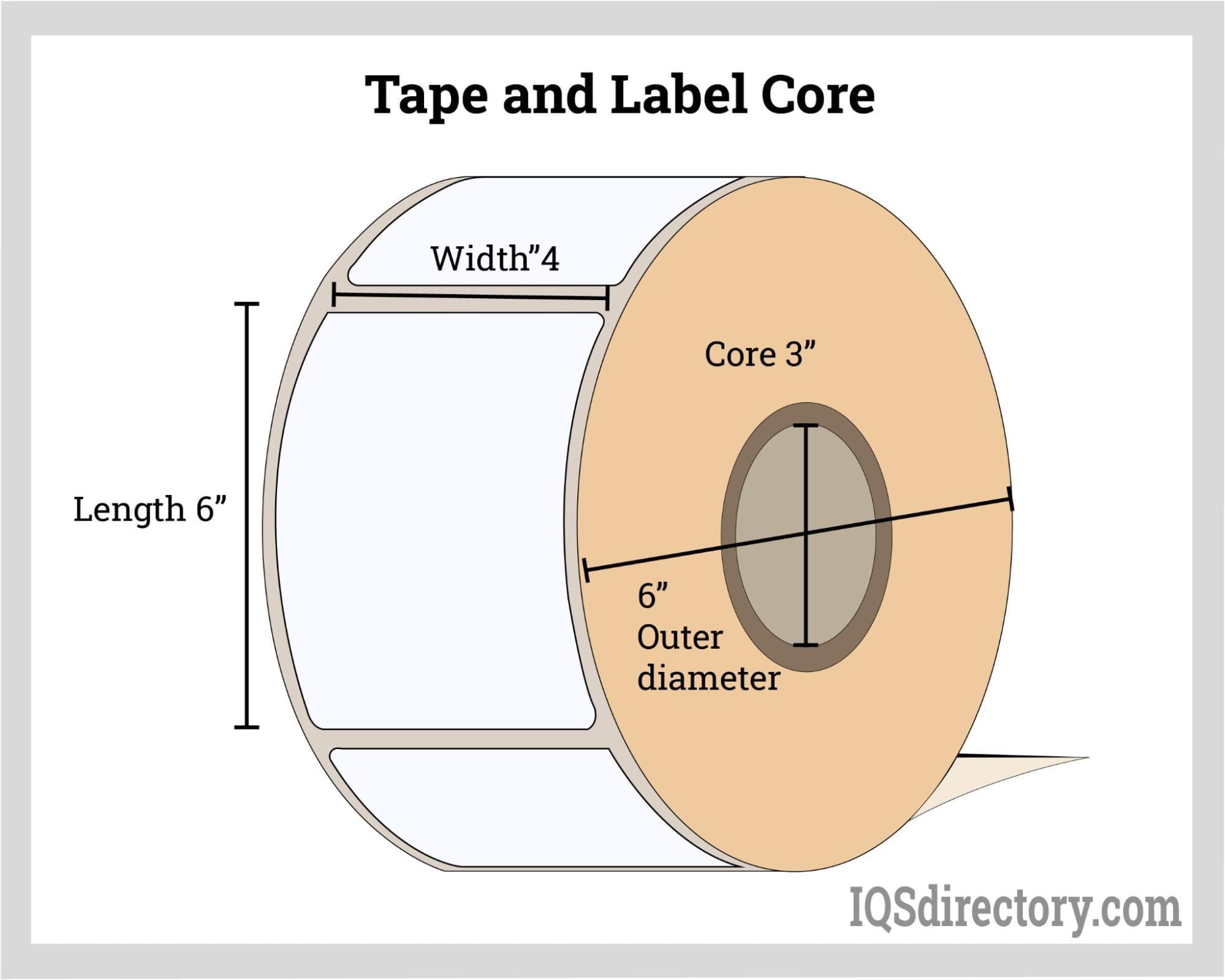
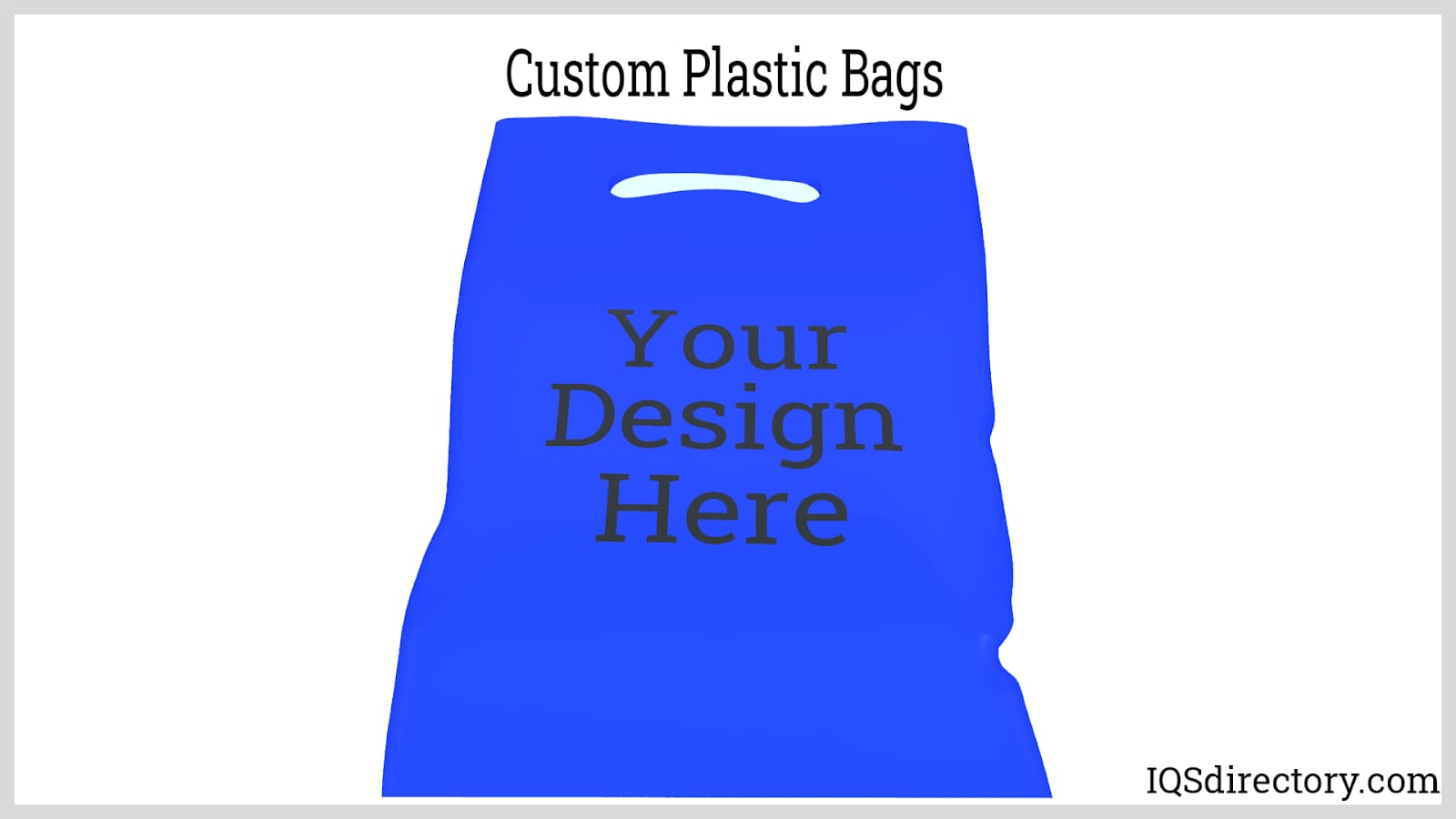
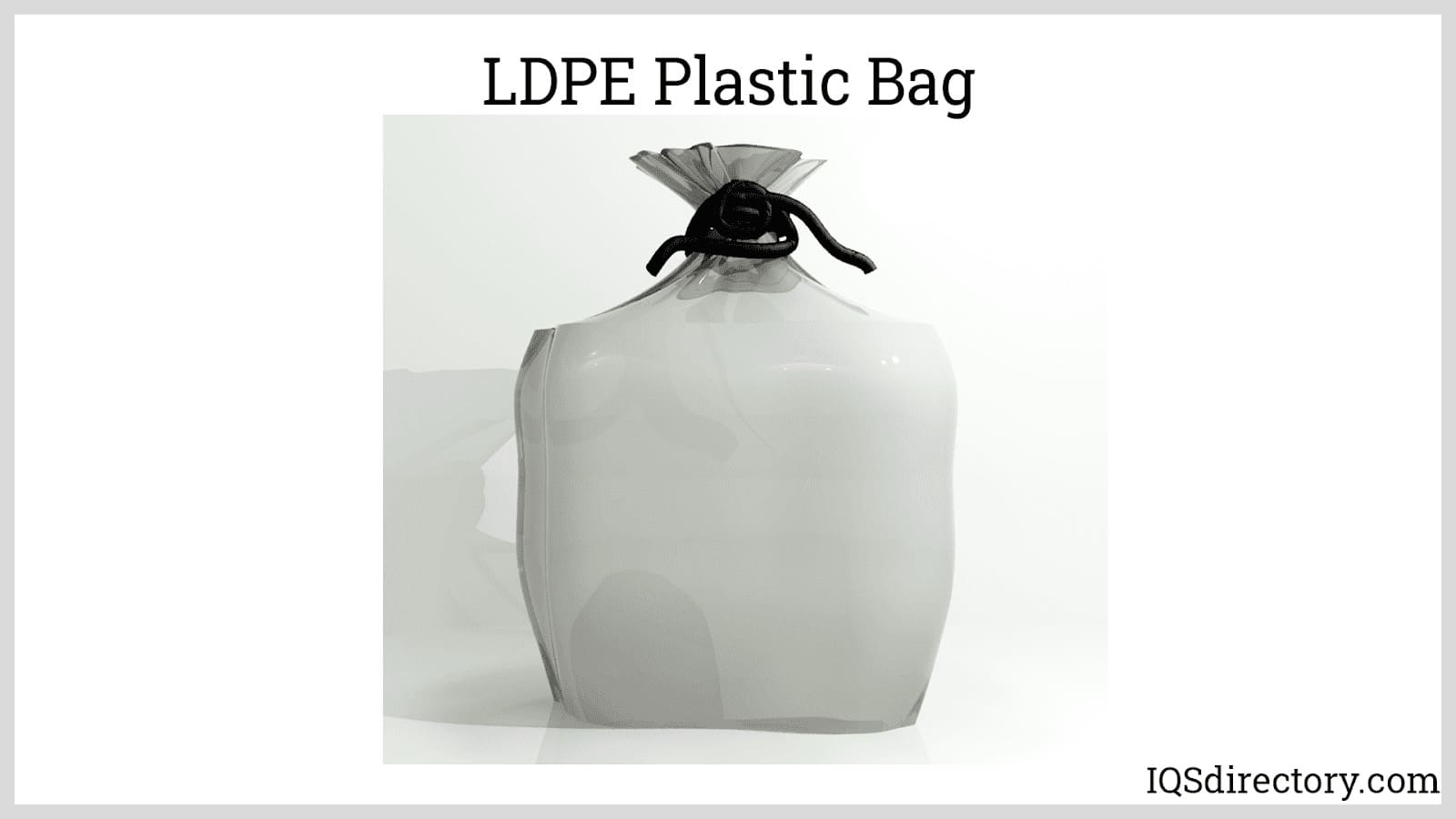
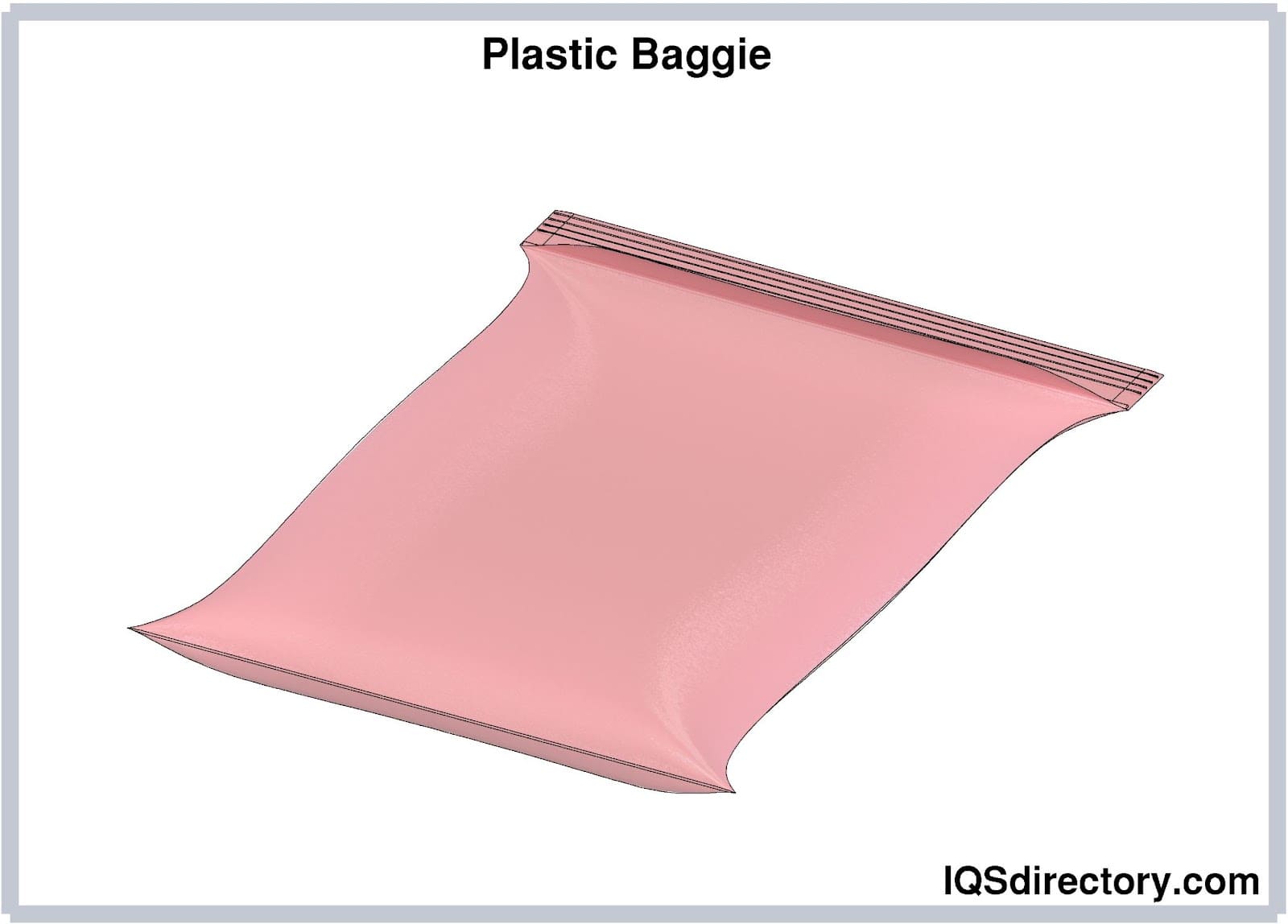
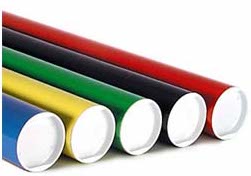 Cardboard Tubes
Cardboard Tubes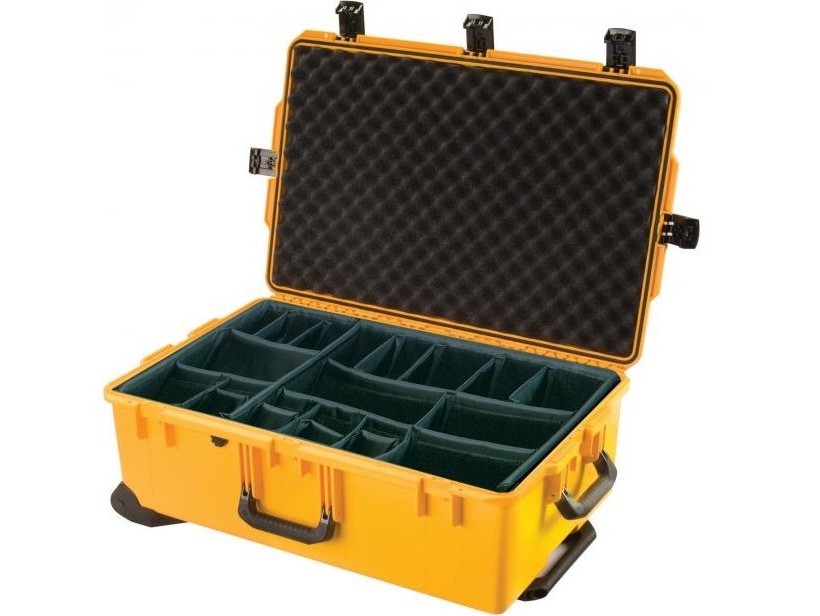 Carrying Cases
Carrying Cases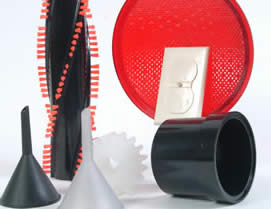 Contract Packaging
Contract Packaging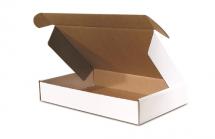 Corrugated Boxes
Corrugated Boxes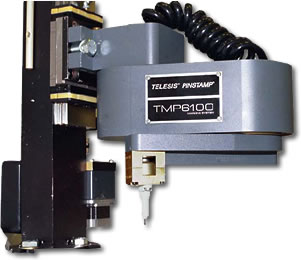 Dot Peening Machines
Dot Peening Machines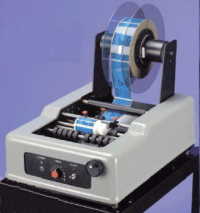 Labeling Machinery
Labeling Machinery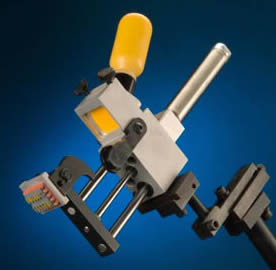 Marking Machinery
Marking Machinery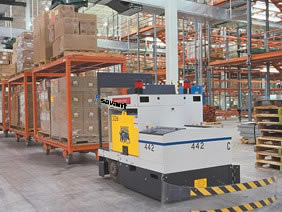 Packaging Equipment
Packaging Equipment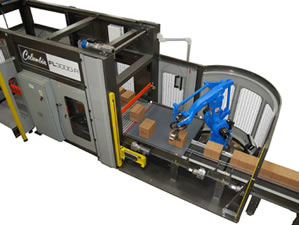 Palletizers
Palletizers Plastic Bags
Plastic Bags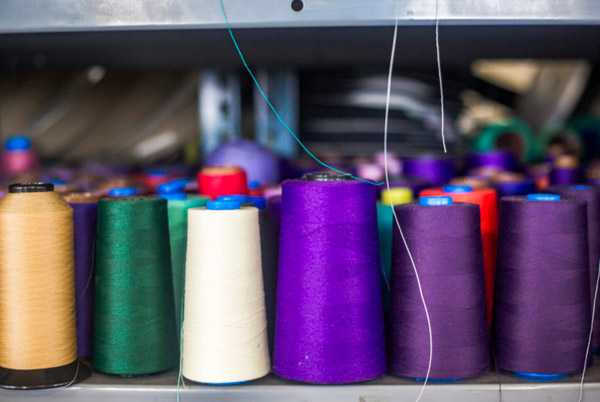 Sewing Contractors
Sewing Contractors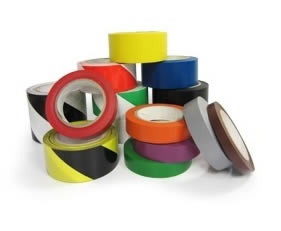 Tape Suppliers
Tape Suppliers Castings & Forgings
Castings & Forgings Bulk Material Handling
Bulk Material Handling Electrical & Electronic Components
Electrical & Electronic Components Flow Instrumentation
Flow Instrumentation Hardware
Hardware Material Handling Equipment
Material Handling Equipment Metal Cutting Services
Metal Cutting Services Metal Forming Services
Metal Forming Services Metal Suppliers
Metal Suppliers Motion Control Products
Motion Control Products Plant & Facility Equipment
Plant & Facility Equipment Plant & Facility Supplies
Plant & Facility Supplies Plastic Molding Processes
Plastic Molding Processes Pumps & Valves
Pumps & Valves Recycling Equipment
Recycling Equipment Rubber Products & Services
Rubber Products & Services